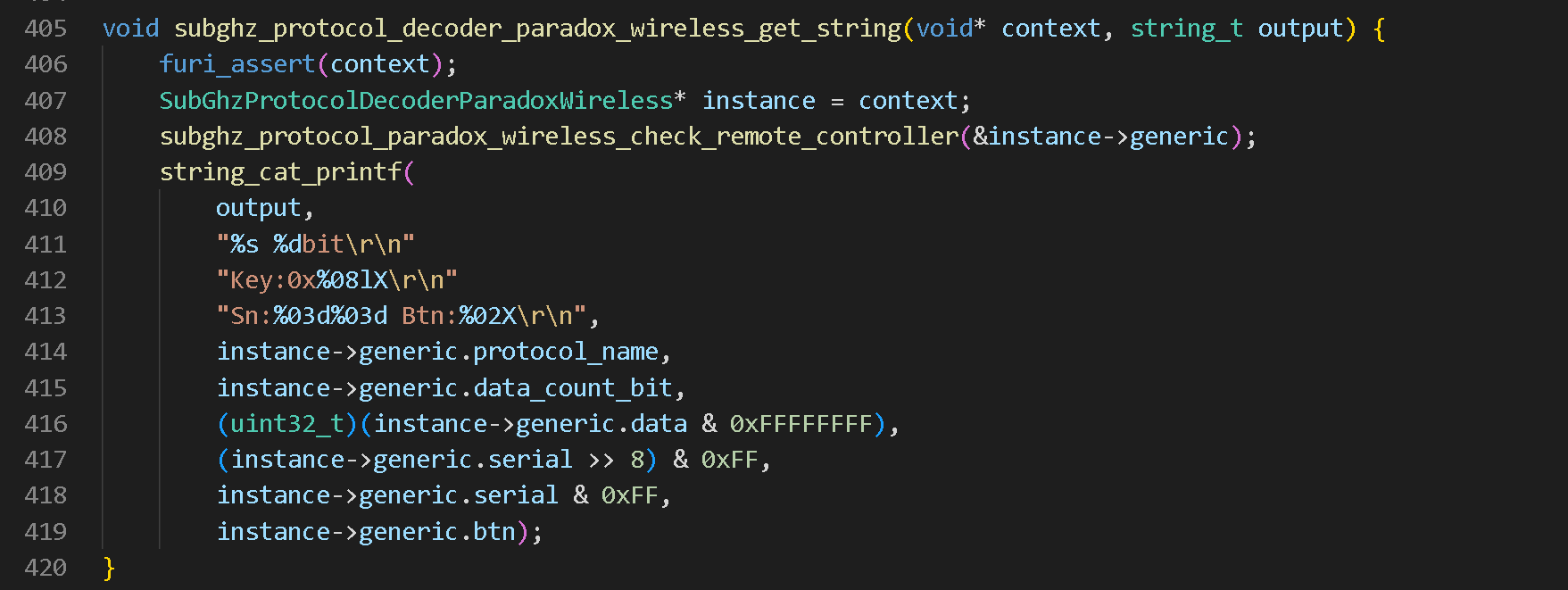Each Paradox Wireless reed has its own Serial Number, once the Alarm panel has the serial added, it will listen for 5 static signals from the W Reed. Open/Close/Monitor/Tamper/no tamper. the Main ones i want are open/close as you can program a relay in the panel to activate whenever it receives a signal.
if i could get this protocol added, i would like to be able to create my own unique serial, and add it to the programming to activate a relay on my alarm panel. i currently have a few raw files that ive tested with success and have labeled them with their assigned Serial Number# 117236
they are 433MHz at AM650
Dct10_117236_close_2.sub (16.0 KB)
Dct10_117236_opn_2.sub (10.8 KB)
Dct10_117236_Tamper.sub (52.0 KB)
Dct10_117236_opn.sub (5.7 KB)

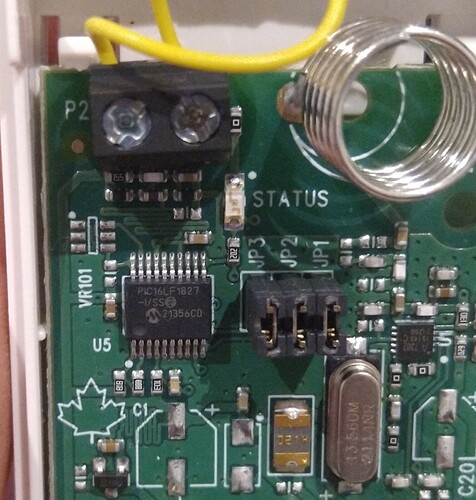
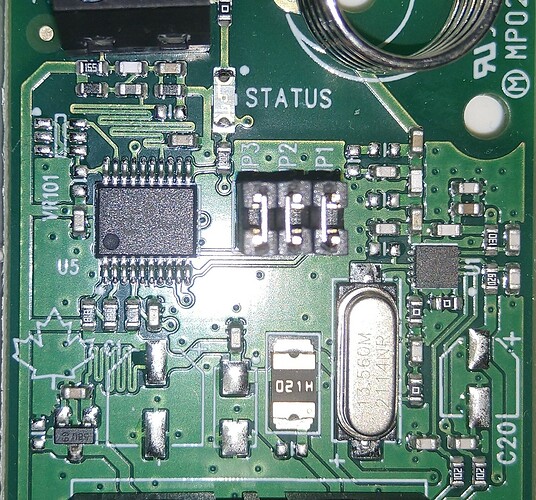
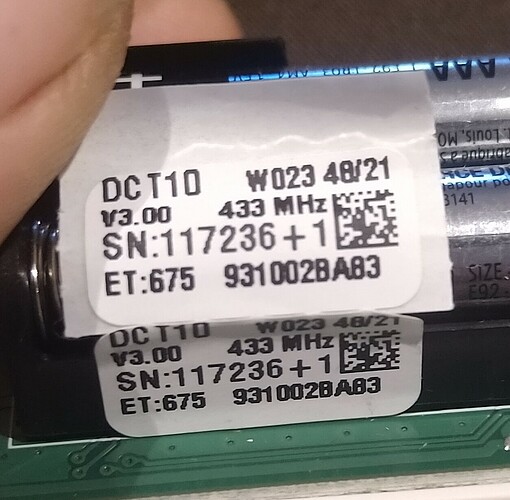
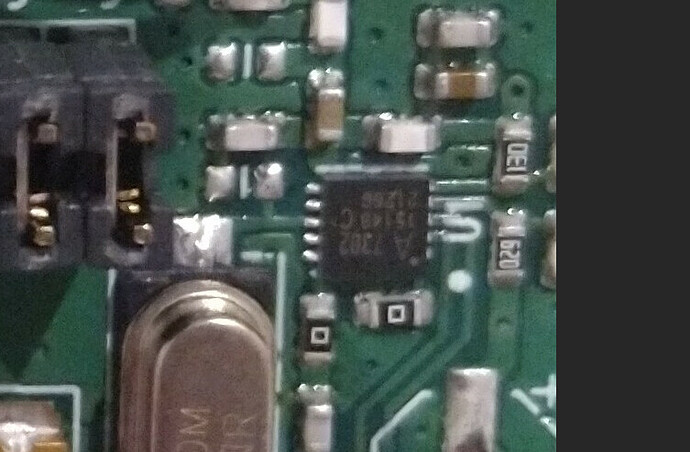
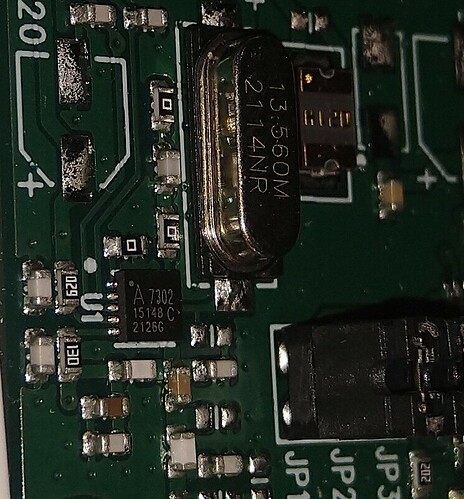
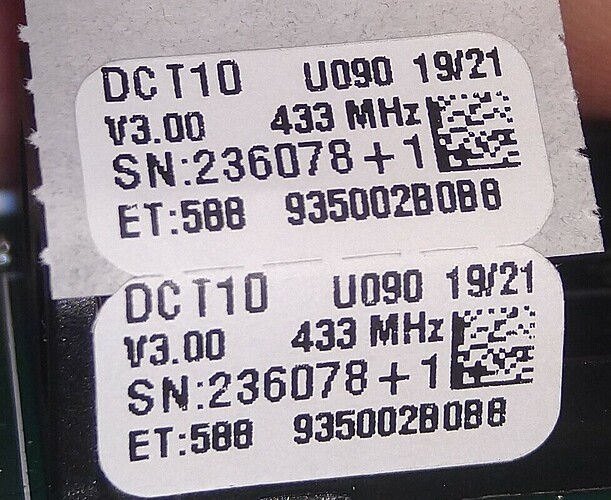


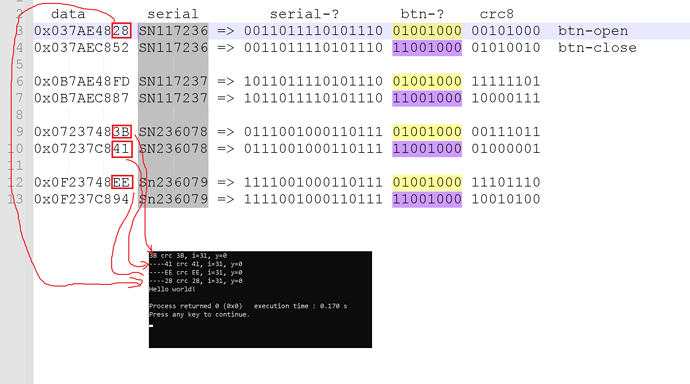
 having access to this protocol will help heaps debugging at work.
having access to this protocol will help heaps debugging at work.


